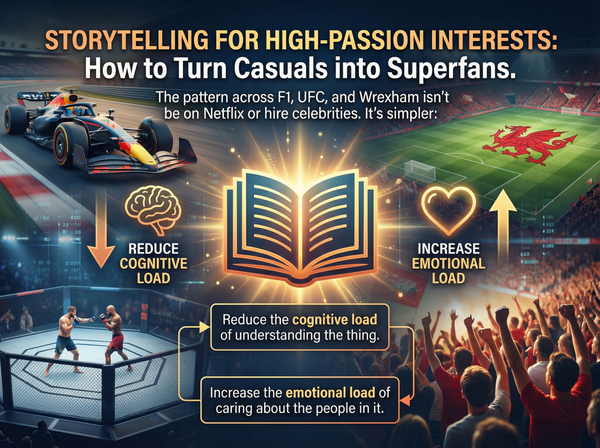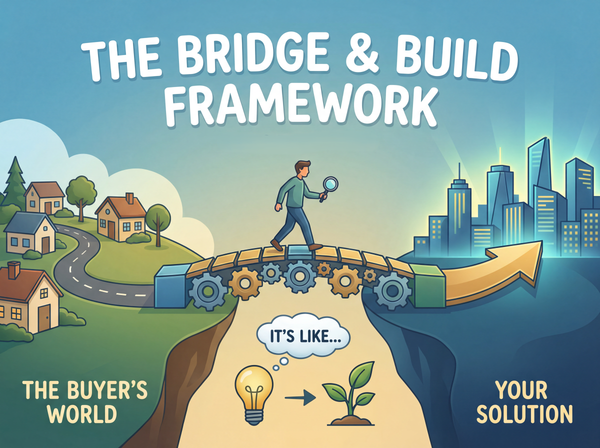How To Get Customers To Keep Buying: Retention
Acquiring new customers is often the primary focus.
However, retaining existing customers is just as crucial for sustainable business growth.
The following is a guide to help you build a more durable and profitable business by focusing on customer retention.
What Is Churn?
Churn is the term for customers who leave a business over a specific period of time. For example, if you begin the month with 100 customers and have 95 of them the next month, your churn rate is 5%.
Businesses with high churn are often called leaky bucket businesses because they constantly have to acquire new customers just to replace the ones they lose, making it difficult to grow.
High churn can also make a business less valuable and harder to sell.
The Importance of Reducing Churn
- Increased Profitability: A study by Harvard Business Review found that increasing customer retention by just 5% can boost profits by 25% to 95%. Cutting churn from 10% to 3% can increase the lifetime value (LTV) of every customer by 3.3 times.
- Lower Costs: It is significantly more expensive to acquire a new customer than to retain an existing one, costing five to 25 times more.
- Compounding Growth: A business will grow continuously if the number of referrals it receives is greater than its churn rate. When you do the activities that reduce churn, you have happier customers, and happier customers send more referrals.
The 9-Step Churn Checklist
Here are nine actionable steps to help you improve customer retention:
- Figure Out Activation Points: Identify what behaviors or results lead to long-term customer retention. The customers who stay the longest are typically the most engaged.
- Find your churned customers and compare their behavior to those who stayed for three months or longer.
- Find the common factors among your most profitable, long-term customers, such as their demographics, psychographics, income, and how they used your product or service.
- Use this information to update your marketing and onboarding to attract and guide new customers toward these activation points.
- Onboard Your Customers: Teach new customers how to reach their activation points. Onboarding can be done with a booklet, a video, a call, or an event.
- Custom onboarding outperforms generic, personal outperforms group, and live outperforms recorded.
- Tell customers what they need to do to get value and where to start.
- Re-sell the value of the purchase by framing it within the context of their goals.
- Optionally, you can sell onboarding, such as requiring new gym members to take six personal training sessions before joining group classes.
- Incentivize Customer Activation: Encourage customers to engage with your product or service by offering rewards like new features, recognition, discounted products, or more access to important people.
- A majority of cancellations come from the bottom two tiers of engagement, while most retained customers are in the top tier.
- You can also place incentives, like cool unlockables, just after a major churn point to help retain customers who are on the fence about leaving. For instance, if most customers leave after the third month, put something cool that unlocks on month four.
- Community Linking: Foster connections between your customers so they are linked to each other, not just to you. As a saying in the gym world goes, It's easy to quit a membership, it's hard to leave a relationship.
- Host group events for members. One group switched to one-on-six onboarding not to make it less personalized but to intentionally connect people and had low churn as a result.
- Manually connect members who you think would benefit from knowing each other.
- Elevate micro-celebrities within the community by publicly praising them for their specific area of expertise.
- Correct or Fire Bad Customers: Address negative behavior that can hurt the community and drive away other customers.
- Delete bad posts, explain why they were removed, and tell people what good posts look like.
- Elevate good behavior by pinning the best new posts daily, which also signals to the group what types of content you reward.
- Add Annual Pricing Options: Customers who pay for a longer period of time tend to stay longer, which extends the average customer's tenure.
- If your average customer stays for 6 months and pays $1,000 per month for a total of $6,000, price your annual option above $6,000.
- Alternatively, try a big head, long tail model where you charge a high upfront fee for something with one-time value (like an education or setup fee), followed by a small monthly recurring fee for ongoing consumable value. For example, you might charge $6,800 upfront and then $199 per month for the community.
- Another option is to offer founder rates, a discount that incentivizes people to buy and stay for the long term.
- Cancellation Calls/Videos: When a customer wants to cancel, require a cancellation call or direct them to a cancellation video.
- On a call, you can save half of the people who were going to cancel. You can either offer a redo to make it right or upsell them to a different, more suitable program.
- For a high-volume, low-price business where calls may not be feasible, you can cut churn by simply adding a cancellation video. The video should re-sell them on the value and remind them of what they risk losing by canceling.
- Survey Customers Regularly: Survey your customers twice a year with a list of all the things you provide. Ask them, If I removed everything on this list but one, what would you want to keep the most? and If I kept everything on this list but one, which would bother you the least to see me remove?.
- One company learned their customers loved the events they threw by asking these questions, and events became one of their largest product lines.
- Between surveys, reach out to customers one-on-one every two to three weeks to check in and build rapport.
- Create a Customer Journey: Map out the customer's journey with four simple milestones: activate, testimonial, refer, and ascend.
- You can incentivize by giving them something at each milestone, which works well when paired with unlockables.
- Emphasize the last step, ascension, because customers are least likely to churn after they have just purchased another one of your products.
By applying these steps, you can transform your business from a leaky bucket to a compounding machine that grows year after year.
Keep Crushing!
- Sales Guy


